Breaking
- MENU
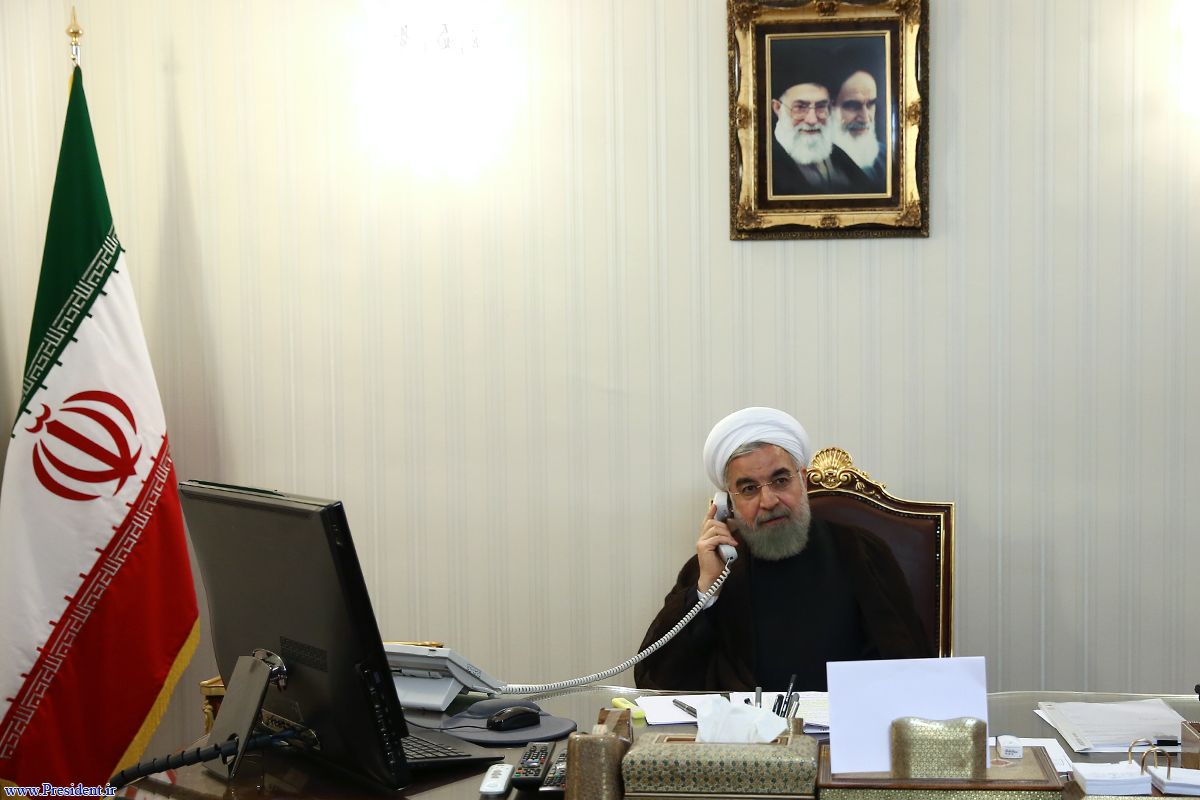
©MEI Exclusive
In the recent 11-day Israeli-Palestinian armed conflict both sides reported an overwhelming humanitarian crisis; around 242 Palestinians and 12 people in Israel were killed before the Egyptian-brokered ceasefire between Israel and Hamas. The devastating toll in terms of injuries, deaths and destruction of essential infrastructures has amplified the insecurities among the people that will most likely undermine the already bleak chances of a breakthrough conflict. Notwithstanding the self-assured hubris of strategic victory on both sides, the purported role of Iran in the latest Israel-Palestinian conflict needs to be examined.
Iranian support to militants in Gaza?
Does attributing the latest armed conflict to Iranian leadership be an understatement or does it tantamount to overplaying Iran’s role? According to Ibrahim al-Amine, editor of the pro-Hezbollah Lebanese daily Al-Akhbar, officers from the Islamic Revolutionary Guard Corps (IRGC), Hamas, and Hezbollah have reportedly set up a joint military operations centre in Beirut to coordinate the Gaza fighting. Furthermore, the commander of the IRGC’s overseas Quds Force Esmail Qaani visited the operation centre twice during the hostilities. Remarkably, “Gaza is the region where both Iran and local allies openly talk, even boast about Iran’s transfer of production technology”, noted Fabian Hinz, an independent analyst focusing on missiles in the Middle East. This is in stark contrast with Iranian strategy in Lebanon, Syria, and Yemen, which is more discreet. Both Hamas and Palestinian Islamic Jihad (PIJ) leadership did not fail to express their gratitude to Iran for its support to the Palestinian “resistance”. Likewise, IRGC unveiled the ‘Gaza’ drone as a tribute to Palestinians while also naming a new radar system “Quds.”
The overt appreciation makes sense especially when the Hamas and PIJ illustrated their improved military prowess by firing volleys of rockets at Israel at least in the initial phase of the conflict. Notwithstanding a decade-long Egypt-Israel blockade, it appears that Iran has successfully managed to transfer its military know-how, if not finished products, to the militant groups in Gaza Strip. According to an assessment by Shabak, Israel’s internal security service, the smuggling of weapons from Iran into the Gaza Strip takes through Sudan and the Sinai Peninsula.
Most of the rockets that were launched from the Gaza Strip seemed to have been domestically produced, noted Hinz. Hamas unveiled the Ayyash 250 rocket (range of 250 Km) while the PIJ extensively used the Badr 3 rocket, which was reportedly designed and tested in Iran. Other unguided rockets acquired from Iran include 107mm, Fajr 3 and Fajr 5, making visible the dependence of the militant groups on Iran. “Instead of giving them fish or teaching them to catch a fish, we taught our allies and friends how to make a hook and they are now in possession of missile capabilities and technologies”, observed Amir Ali Hajizadeh, the head of IRGC Aerospace Division. The statement could have been an overstatement earlier, but the conflict proved it otherwise. Hezbollah, which is believed to have an arsenal of 150,000 rockets and missiles, exercised restraint while some Palestinian groups in Lebanon reportedly launched rockets on three occasions.
The latest cycle of violence appears to be an extension of a larger Israel-Iran conflict that is already underway, albeit through assassinations, cyber-attacks, sabotaging of nuclear plants and sea vessels.
Iran’s pivotal role in supplying military technology to the Palestinian groups is significant and is indicative of a broader Iran-Israel conflict. The sheer frequency of aggression between Iran and Israel across multiple fronts is noteworthy. To gauge the regularity of hostile exchanges one need not look beyond the last six months. The assassination of Mohsen Fakhrizadeh, Iran’s top nuclear scientist, allegedly by Israeli agents triggered the possibility of escalation and crisis in the Middle East. Iranian Foreign Minister Javad Zarif described the killing as “an act of state terror” the Supreme Leader Ayatollah Khamenei promised “definitive punishment of the perpetrators and those who ordered it”, without expounding much on its form.
The timing of November attack was critical as the US was undergoing a transition in its leadership along with the likelihood of the Joint Comprehensive Plan of Action’s (JCPOA) revival. Following the assassination, and hostile statements, the conflict shifted to cyberspace. In December 2020, more than 40 Israeli companies came under espionage attacks after Iranian hackers, through unauthorised access, “exfiltrated data from the firm’s clients”. This was followed by Iranian cyberattacks in February and March 2021, targeting the US and Israeli medical researchers. By coordinating cyberattacks to overcome its military inferiority vis-à-vis Israel, Iran made its intent clear without falling back on kinetic attacks via its proxies.
Later, marking a new front, both Tehran and Tel-Aviv engaged in “maritime shadow war” with they blamed one another for attacks on their vessels. In this sea battle, Iranian vessels were vulnerable in the Red Sea while the Israeli vessels remained endangered in the Gulf of Oman. Amidst this brief period of hostility in the seas, another potential escalatory incident was reported in the Islamic Republic. The Natanz nuclear facility, which maintains subterranean uranium enrichment halls to withstand enemy airstrikes, was the target of a sabotage operation reportedly carried out by Israel. The timing of the attack was pertinent as the Biden-led US administration was re-negotiating nuclear deal, albeit indirectly. The attack was reported at a time when Lloyd Austin, the US Defence Secretary was on a visit to Israel, and Israel was stepping up attacks on Iranian facilities in Syria. Commenting ferociously on the audacious saboteur attempt, Ali Akbar Salehi, head of the Atomic Energy Organisation of Iran appealed to the world to address “nuclear terrorism” against Iran. Following this, Iran began enriching uranium up to 60 percent, its highest level ever. Israel on its part denied commenting on the event even though its role in the past to thwart Iranian nuclear ambitions is apparent.
The recent Gaza conflict is a new addition to an unceasing Israel-Palestinian dispute with no impending resolution. Israel has claimed to have successfully destroyed a considerable part of underground tunnels used by militants while also targeting a large part of the Hamas and Islamic Jihad’s leadership. Similarly, the militant groups in the Gaza Strip have highlighted their successful resistance against a stronger military power. Any hope for the revival of the peace process, which had been raised in the wake of the signing of the Abraham Accords, has diminished. Seemingly, Israel’s rapprochement with the Arab states was perceived as a “strategic nightmare” by Tehran.
For Iran, the recent conflict came at an opportune moment with the potential to undermine the Abraham Accords; but contrary to the Islamic Republic’s wishes, the Arab states response to the Gaza war was largely measured. Ahmed el-Tayeb, Grand Imam of Al-Azhar chastised the world for silence towards “Zionist terrorism”, which is notable as it is the highest seat of Sunni Muslim learning. Saadeddine Othmani, the Prime Minister of Morocco congratulated Hamas on its “victory” against Israel at a time when Israel-Morocco have renewed diplomatic relations. The Organisation of Islamic Cooperation declared its support for the Palestinian people against “Israeli aggression in Al-Aqsa”. These statements are indicative of a larger mood in the Arab populace, but not enough to weaken the Israeli-Arab cooperation.
Evidently, the prime concern for Arab states is Iran’s growing military arsenal, its quest for nuclear weapons and the arming of militias across the region. The Palestinian cause had been relegated to the bottom of other regional problems. Furthermore, the chances of an immediate sustainable solution between Israel-Palestine appear to be grim, and the current ceasefire is nothing but the countdown to another military campaign with Iran as a significant factor. The international community needs to revive the Israel –Palestine peace process while restraining Iranian belligerence which adds fuel to this conflict.
As part of its editorial policy, the MEI@ND standardizes spelling and date formats to make the text uniformly accessible and stylistically consistent. The views expressed here are those of the author and do not necessarily reflect the views/positions of the MEI@ND. Editor, MEI@ND: P R Kumaraswamy
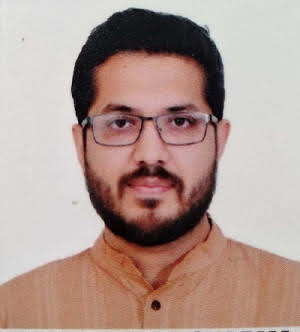
Rohit Kumar Sharma is a research scholar in Centre for West-Asian Studies, JNU. He is a law graduate and holds a master’s in international relations from South Asian University and his master’s dissertation examined the Hindutva discourse on Israel. Currently, he is working on Evolution of Cyber Security in Israel for his M Phil degree.
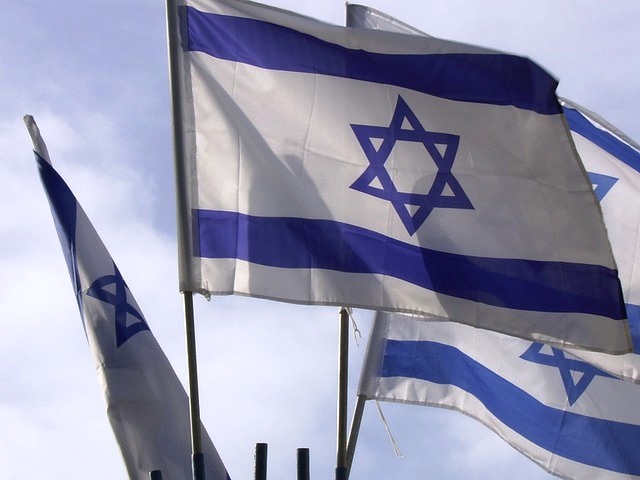
After being in the news for years and most of it for the wrong reasons, Shalev Hulio, co-founder and.....
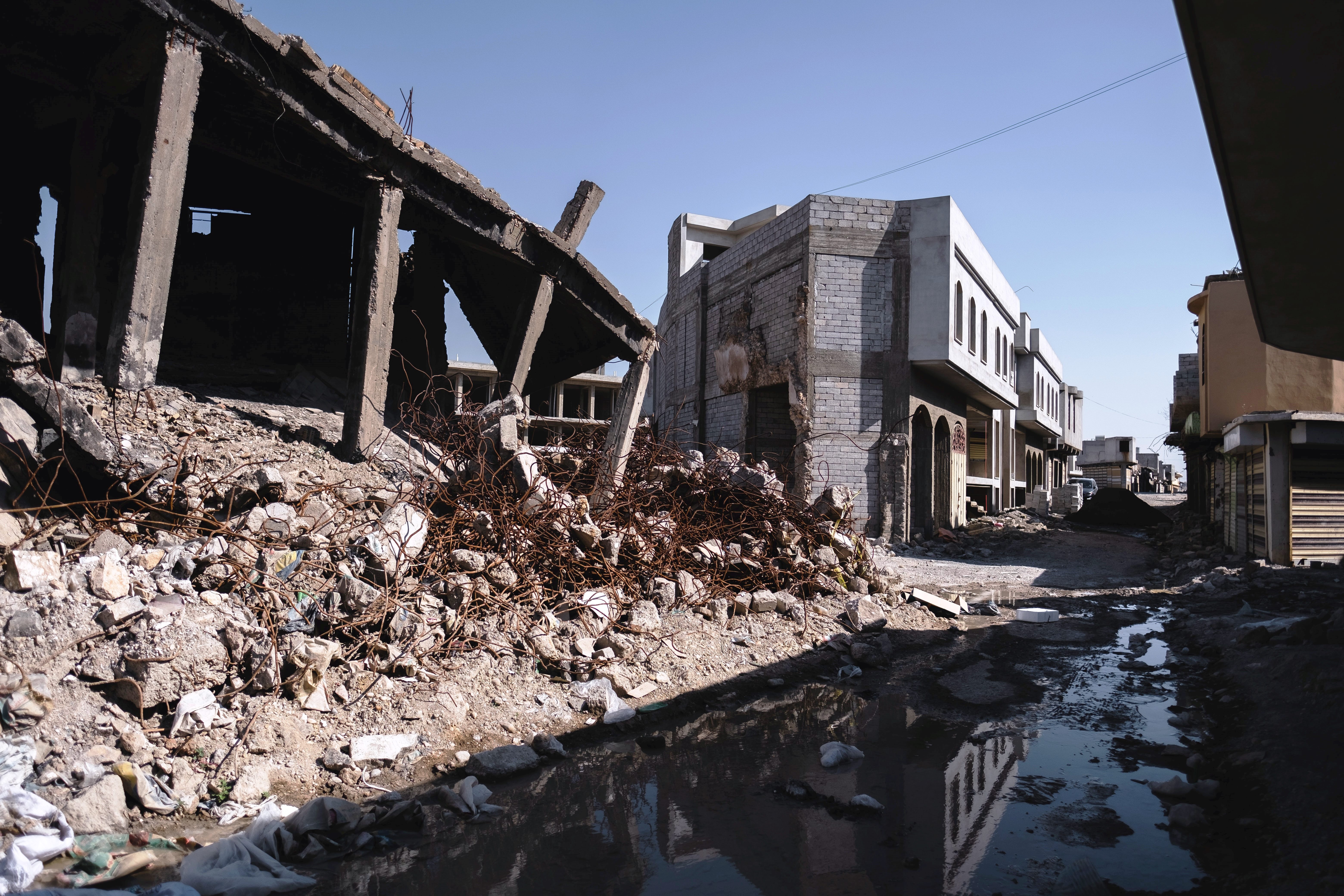
The twelfth MEI Speaks held on 16 September 2020 was a book discussion on Islamism, Crisis and Democ.....
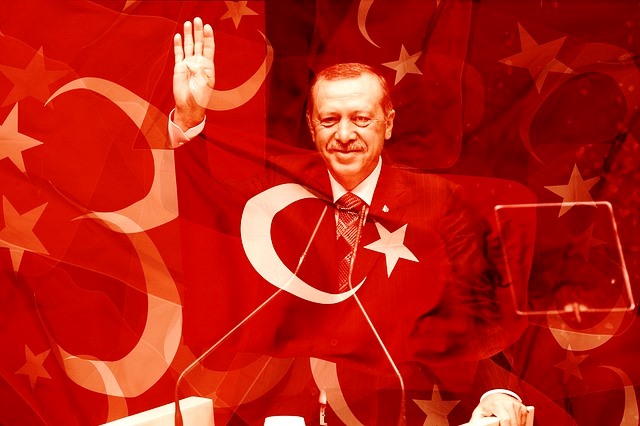
The eleventh MEI Speaks held on 9 September 2020 was a book discussion on Erdogan’s Turkey: Po.....
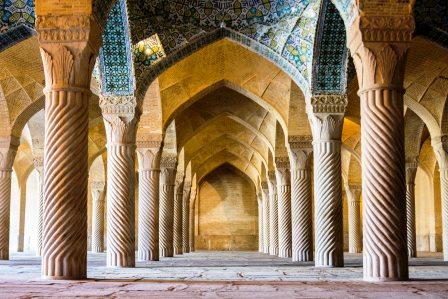
The tenth online MEI Speaks held on 2 September 2020 was a talk on Challenges Ahead: The Future of I.....
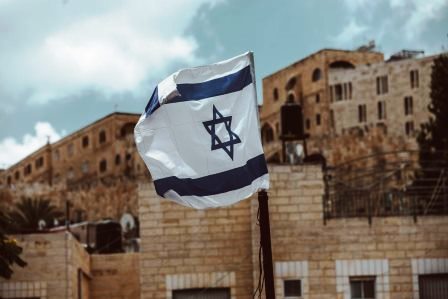
The ninth MEI Speaks on 26 August 2020 was a talk on Israel’s Bridge to the Gulf by Mr. Jason .....
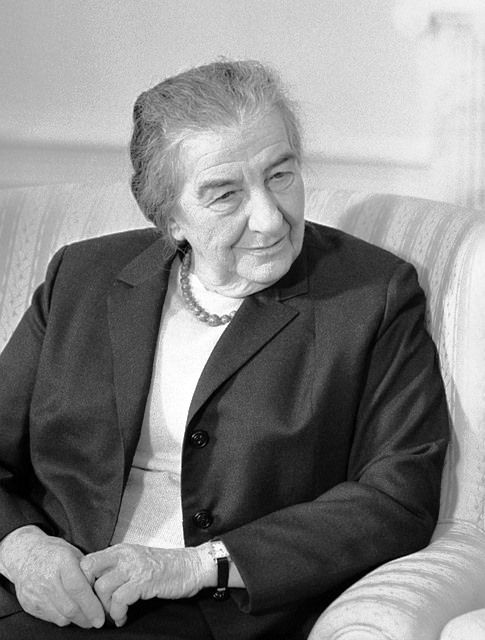
The eighth MEI Speaks held on 19 August 2020 was a book discussion by Professor Meron Medzini on his.....
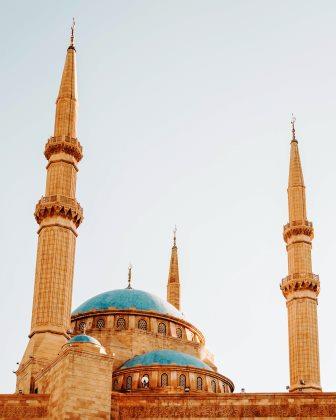
The fifth MEI Speaks held on 15 July 2020 was a talk on How Corruption Produced a Failed State in Le.....
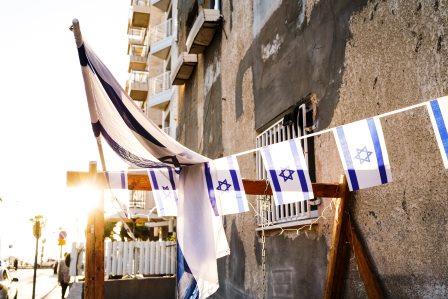
The fourth online MEI Speaks held on 8 July 2020 was a talk on Israel’s Annexation Plans by Dr.....
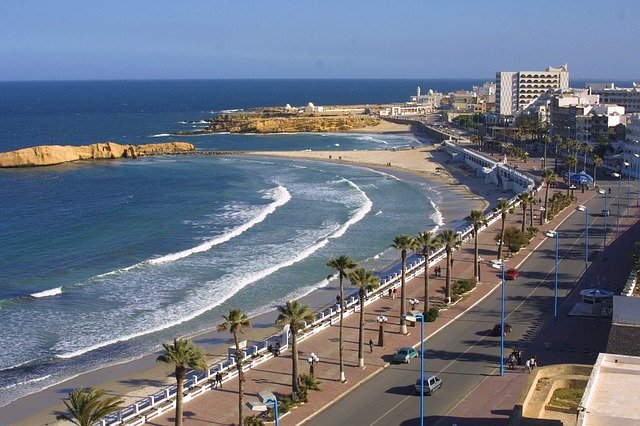
The third online MEI Speaks held on 1 July 2020 was a Discussion on Dr. Sean Foley’s Changing .....
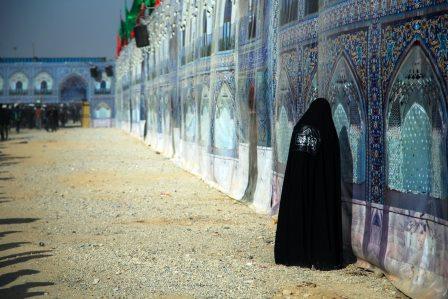
As part of MEI Speaks, the Middle East Institute (MEI@ND) organized its first online Book Discussion.....

As part of its outreach programme, on 10 June 2020, the Middle East Institute (MEI@ND) has lau.....
